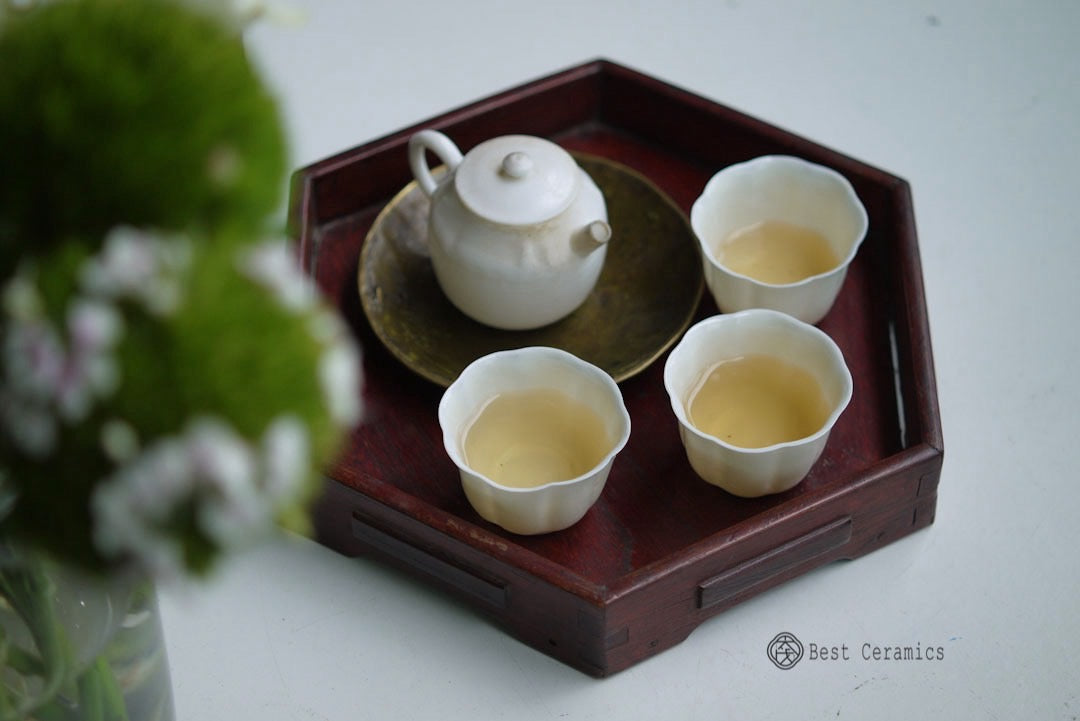
Why Kung Fu Tea Uses Three Cups?
YuanKevinShare
When friends from other regions first encounter Chaozhou style Kung Fu tea, they often wonder: Why use three small cups? Wouldn't one large cup suffice? Here, we’ll explore this question and the cultural significance behind it.
Firstly, the nature of the tea necessitates the use of small cups. The Chaozhou region is renowned for its Dan Cong tea, which requires boiling water to fully unleash its unique fragrance and flavor. This type of tea must be consumed hot to ensure that its temperature and aroma are perfectly expressed. Therefore, using small cups becomes essential. Small cups help maintain the tea's warmth, allowing drinkers to first appreciate the aroma before sipping, thereby experiencing the tea’s complexity. After finishing one cup, they can brew another, ensuring every sip is delightful.
Culturally, there is a saying in Chaozhou: "Three for tea, four for wine, two for outings," which suggests that three people together drinking tea is ideal. The traditional Chaozhou tea ceremony emphasizes “harmony, respect, precision, and joy,” which is why only three cups are used in the complete set of tea ware, symbolizing the element of “respect” in the tea ceremony. Each cup has its own unique representation: the first cup symbolizes sourness, the second cup bitterness, and the third sweetness.
When friends gather around to enjoy tea, the three cups foster interaction and deepen emotional connections. They encourage politeness and mutual invitations, making the drinking experience more enjoyable. Additionally, the typical capacity of the Gaiwan and Yixing teapot used in Chaozhou tea ceremonies ranges from 110ml to 150ml, perfectly filling the three cups, allowing everyone to savor the same tea aroma.
In conclusion, the use of three cups in Chaozhou style Kung Fu tea is not merely about savoring the tea's unique fragrance and taste; it emphasizes the cultural values of friendship and communication. This way of drinking tea enriches the experience of enjoyment while strengthening the bonds between individuals.
More to Discover
The Rise of Small Teapots in Tea Culture
Gaiwan: The Heart of Chinese Tea Ceremony








